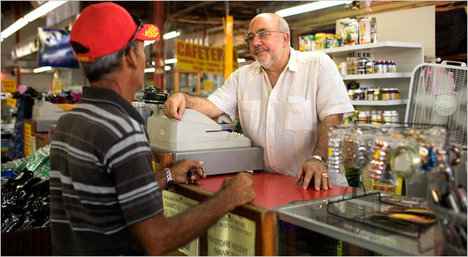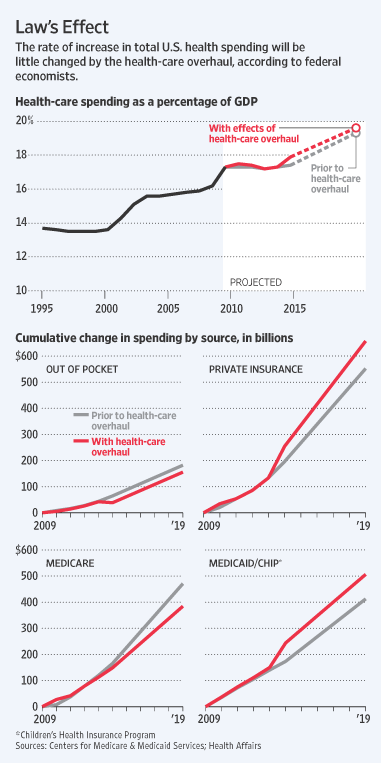We’d all be better off if Warren Buffett listened a little more to his old friend Charlie Munger, and a little less to his new friend, Bill Gates.
(p. 6A) Charlie Munger, the business partner of billionaire philanthropist Warren Buffett, said private investment may advance society more than charity.
“I believe Costco does more for civilization than the Rockefeller Foundation,” Munger, 86, told students in a discussion at the University of Michigan on Tuesday, according to a video posted on the Internet. “I think it’s a better place. You get a bunch of very intelligent people sitting around trying to do good, I immediately get kind of suspicious and squirm in my seat.”
Munger is a director at Costco Wholesale Corp., the largest U.S. warehouse-club chain, and has served as vice chairman of Buffett’s Berkshire Hathaway Inc. for more than three decades. Munger’s stake in Omaha-based Berkshire’s Class A shares is valued at more than $1.6 billion.
. . .
“I’ve seen so much folly and stupidity on the part of our major philanthropic groups, including the World Bank,” Munger said. “I really have more confidence in building up the more capitalistic ventures like Costco.”
For the full story, see:
Bloomberg News. “Costco beats charity, Munger Says.” Omaha World-Herald (Sat., September 16, 2010): 6A-7A.
(Note: ellipsis added.)
(Note: the online version of the article has the title “Munger: Costco beats charity.”)
Munger’s comments can be viewed online at: http://rossmedia.bus.umich.edu/rossmedia/SilverlightPlayer/Default.aspx?peid=4d215177cbe44b1e8e94d0dd68f5058f






